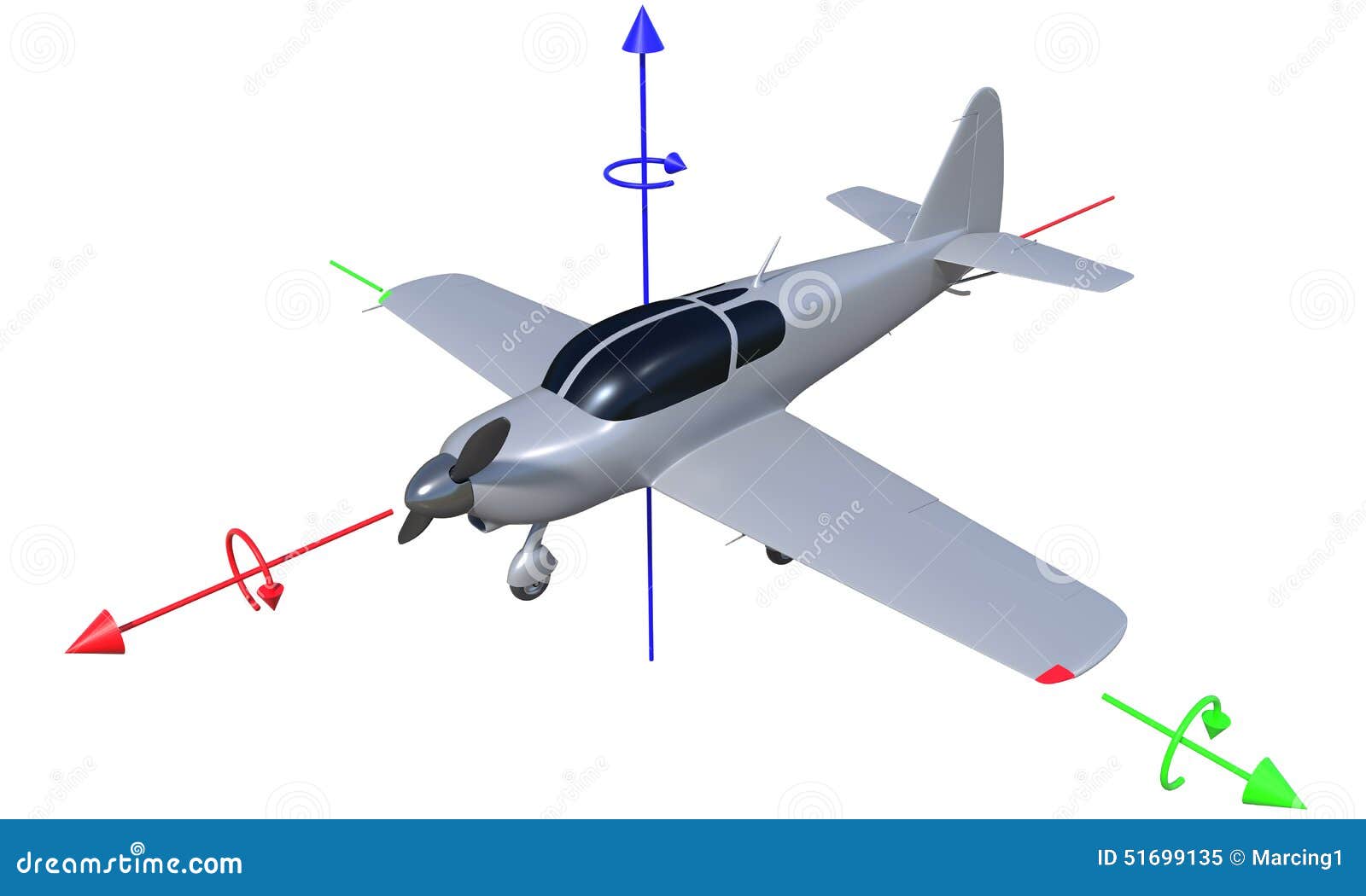Dark Bomber 3d Render

Download or buy, then render or print from the shops or marketplaces.3D Models below are suitable not only for printing but also for anycomputer graphics like CG, VFX, Animation, or even CAD. You can print these 3d models onyour favorite 3d printer or render them with your preferred render engine.Please note that the 3D model database is only a Search Engine. You shouldvisit the original websites.
Spirit stealth bomber b 2 3d model. B-2 Spirit Stealth Bomber 3D Model available on Turbo Squid, the world's leading provider of digital 3D models for visualization, films, television, and games.
Download Lego Loco Free for PC Torrent Lego Loco is a Lego-branded virtual world video game for Microsoft Windows, released in November 1998. It is a simple open-ended construction game with an emphasis on Rail Transport. Lego loco torrent movie.
Most of the models can be easily imported and renderedwith Autodesk 3ds Max, Maya, Blender, C4D, and Sketchup. Check for online3d model conversions tools for your file format.Shown 1 of2 pages.
Contents.Design and development Background and early work The was retired by the USAF in 1998, leaving what was considered a coverage gap between surveillance satellites, manned aircraft, and for (ISR) and strike missions. With the growth of, tactics, and counter-stealth technologies, a high-speed aircraft could penetrate protected airspace and observe or strike a target before enemies could detect or intercept it. The proposed reliance on extremely high speed to penetrate defended airspace is considered a significant conceptual departure from the emphasis on stealth in programs and projected drone developments.There were unconfirmed reports about the SR-72 dating back to 2007, when various sources disclosed that Lockheed Martin was developing an airplane able to fly six times the speed of sound or 6 (4,000 mph; 6,400 km/h; 3,500 kn) for the. ' development work on the SR-72 was first published by on 1 November 2013. Public attention to the news was large enough to overwhelm the Aviation Week servers.To attain its design speeds, Lockheed Martin has been collaborating with since 2006 on an appropriate engine. The company is developing the system from the -powered, which was canceled in 2008.
The SR-72 is envisioned with an air-breathing propulsion system that has the ability to accelerate from standstill to Mach 6 using the same engine, making it about twice as fast as the SR-71. The challenge is to design an engine to encompass the flight regimes of subsonic, supersonic and hypersonic speeds. Using turbine compression, engines can work at zero speed and usually perform best up to Mach 2.2., using aerodynamic compression with subsonic combustion, perform poorly under Mach 0.5 and are most efficient around Mach 3, being able to go up to around Mach 6.
The SR-71's specially designed engines converted to low-speed ramjets by redirecting the airflow around the core and into the afterburner for speeds greater than Mach 2.5. Finally, scramjets with supersonic combustion cover the range of high supersonic to hypersonic speeds. The SR-72 is to use a (TBCC) system to use a turbine engine at low speeds and a scramjet engine at high speeds. The turbine and ramjet engines share common inlet and nozzle, with different airflow paths in between.At speeds of Mach 5 and above, becomes hot enough to melt conventional metallic airframes, so engineers are looking to composites such as high-performance carbon, ceramic, and metal mixes, for fabrication of critical components. Such composites have been commonly used in and the retired US.As of May 2015, the SR-72 was envisioned as an ISR and strike platform, but no payloads were specified, likely because current payloads would be insufficient on an aircraft flying at Mach 6 up to 80,000 feet (24,000 m) high requiring hundreds of miles to turn. New sensors and weapons would likely have to be created specifically to operate at such speeds.In November 2013, construction of an optionally-piloted was planned to start in 2018.
The demonstrator was to be about 60 ft (18 m) long, about the size of a, and powered by one full-scale engine to fly for several minutes at Mach 6. SR-72 flight testing was planned to follow the planned timeline for the hypersonic. The SR-72 is to be similar in size to the SR-71 at over 100 ft (30 m) long and have the same range, with entry into service by 2030. The SR-72 follows the US Air Force's hypersonic road map for developing a hypersonic strike weapon by 2020, and a penetrating ISR aircraft by 2030. At the time of the concept's unveiling, Lockheed Martin had engaged in talks with government officials, but has not secured funding for the demonstrator or engine.On 13 November 2013, General revealed that the service was interested in the SR-72's hypersonic capabilities, but had not spoken with Lockheed Martin about the aircraft. Its high speed appeals to the service to reduce the time an adversary would have to react to an operation. They are pursuing hypersonic technology, but don't yet have the material ability to construct a full-size plane like the unmanned SR-72.
The SR-72 was unveiled in the midst of sequestration budget cuts that have forced the Air Force to prioritize acquisition projects and sacrifice mission readiness. By the mid-2020s, it is believed that foreign countries will produce and export advanced aerial technologies that could end up in battlespaces against the United States. This drives the Air Force to further develop new systems, including hypersonic, to replace legacy systems that would be outclassed in those situations.In 2013, it was reported that the SR-72 may face significant challenges to being accepted by the Air Force, as they are opting to develop the stealth UAV to perform the task of conducting ISR missions in contested airspace.
Compared to the SR-72, the RQ-180 is less complex to design and manufacture, less prone to problems with acquisition, and could enter service as soon as 2015. 2014 NASA contract In December 2014, awarded Lockheed Martin a contract to study the feasibility of building the SR-72's propulsion system using existing turbine engine technologies. The $892,292 contract funds a design study to determine the viability of a TBCC propulsion system by combining one of several current turbine engines, with a very low Mach ignition Dual Mode Ramjet (DMRJ). NASA previously funded a Lockheed Martin study that found speeds up to Mach 7 could be achieved with a dual-mode engine combining turbine and ramjet technologies. The problem with hypersonic propulsion has always been the gap between the highest speed capabilities of a turbojet, from around Mach 2.2 to the lowest speed of a scramjet at Mach 4.
Typical turbine engines cannot achieve high enough speeds for a scramjet to take over and continue accelerating. The NASA-Lockheed Martin study is looking at the possibility of a higher-speed turbine engine or a scramjet that can function in a turbine engine's slower flight envelope; the had demonstrated a low-speed ramjet (Duel mode Ram Jet) that could operate below Mach 3. Existing turbofan engines powering jet fighters and other experimental designs are being considered for modification.

If the study is successful, NASA will fund a demonstrator to test the DMRJ in a flight research vehicle.In March 2016, Lockheed Martin CEO Hewson stated that the company was on the verge of a technological breakthrough that would allow its conceptual SR-72 hypersonic plane to reach Mach 6. A hypersonic demonstrator aircraft the size of an F-22 stealth fighter could be built for less than $1 billion. From 2017 In June 2017, Lockheed Martin announced that the SR-72 would be in development by the early 2020s and is to top Mach 6. Executive Vice President Rob Weiss commented that 'We've been saying hypersonics are two years away for the last 20 years, but all I can say is the technology is mature and we, along with DARPA and the services, are working hard to get that capability into the hands of our warfighters as soon as possible.' In January 2018, Lockheed Vice President Jack O'Banion gave a presentation that credited the advancements in additive manufacturing and computer modeling; stating that it would not have been possible to make the airplane five years ago; allows a cooling system to be embedded in the engine.In February 2018, Orlando Carvalho, Executive Vice President of aeronautics at Lockheed Martin, pushed back on reports of the SR-72's development stating that no SR-72 had been produced. He also clarified that hypersonic research is fueling weapons systems development, and that 'Eventually as that technology is matured, it could ultimately enable the development of a reusable vehicle. Prior to this we may have referred to it as a 'like an SR-72', but now the terminology of choice is 'reusable vehicle'.In November 2018, Lockheed Martin stated that a prototype of the SR-72 was scheduled to fly by 2025.
The aircraft will also be capable of firing. See also.References. ^ Norris, Guy (1 November 2013). Retrieved 17 December 2014. ^ Paur, Jason (1 November 2013).
Retrieved 2 November 2013. Bronk, Justin (5 November 2013). Retrieved 22 August 2017.
Shachtman, Noah (18 June 2007). Retrieved 2 November 2013.
Muradian, Vago (17 June 2007). P. 7. Haria, Rupa (1 November 2013). Aviation Week & Space Technology. Retrieved 17 December 2014. Trimble, Stephen (1 November 2013).
Retrieved 2 November 2013. Lockheed Martin. 1 November 2013. Archived from on 11 May 2015. Retrieved 3 November 2013. Dillow, Clay (19 May 2015). National Defense.
13 November 2013. Butler, Amy; Sweetman, Bill (6 December 2013). Aviation Week & Space Technology. Parsons, Dan (17 December 2014).
Flightglobal. Sonawane, Vishakha (16 March 2016). Retrieved 19 March 2016. Wells, Jane (16 March 2016). Retrieved 22 August 2017. 18 March 2016. Retrieved 19 March 2016.
Seligman, Lara (16 March 2016). Defense News. Retrieved 19 March 2016. Lant, Karla (9 June 2017). Futurism.com. Justin Bachman (16 January 2018).
Retrieved 17 January 2018. ^ Waldron, Greg. Flight Global, 8 February 2018. Artie Villasanta (November 23, 2018).
Business Times. Retrieved April 29, 2019.
